
With winter approaching soon, there is no better time than the present to prepare your home for the cold.
Here are eight of the most important steps to take in order to ensure your home's protection going into winter.
1. Clean Gutters and Downspouts
Gutters are your best defense against potential ice dams forming. Ice dams are ridges of ice at the roof's edges that prevent water from properly draining. This water has nothing else to do but seep into your roof through cycles of melting during the day and freezing again at night.
Before it gets too cold, be sure to clean them out or call someone to come and remove debris for you.
2. Observe the Roofline
Taking a good look at your roof is necessary to identify any depressions, curves, or bulges that signify framing issues. Its not guaranteed that a large structural issue is present from a droopy roof, but if it is accompanied by other signs of deterioration like leaks or visible water damage, it might pose a serious problem later on.
Like gutters, it is also important to look for debris and remove it. During the fall, roofs collect lots of debris, such as sticks, leaves, dirt, etc. Without proper removal, piles of debris will become waterlogged, leaving your roof vulnerable to water damage beneath.
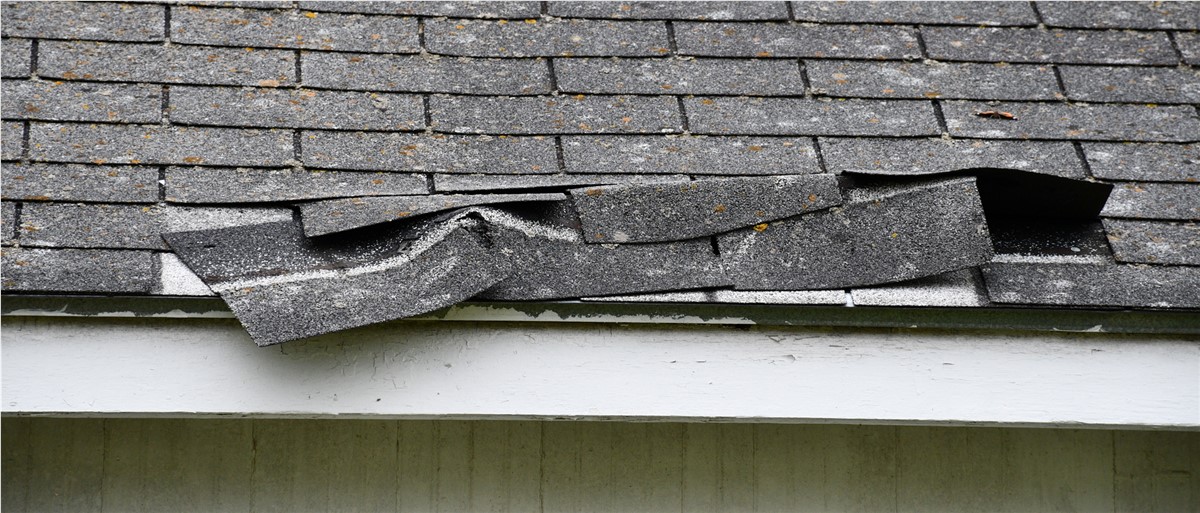
3. Remove Overhanging Branches
Preparing for winter includes making sure you're aware of overhanging tree branches and the threat they pose. In areas with more extreme winters, snow and ice can build up on these branches and cause them to break under pressure. Trimming and removing these branches beforehand eliminates the chance of them falling onto your roof and damaging your home.
Trimming branches is also good to eliminate pathways for potential animals to make a home on your roof. If these branches are hard to reach or too big to handle on your own, call a professional arborist to assist you in the removal.
4. Secure the Home of Animals and Pests
Attics, garages, and the foundational area under roofing are among small animals favorite places to hunker down for the winter. If you fail to identify and remove animals from your attic or roof, it is possible to accidentally seal them in when pre-winter repairs are made.
If you notice rustling in your walls or ceilings, call a professional before these animals extend the lease on their winter stay.
5. Check for Chimney Flashing
Chimney flashing is made of metal sheets that surround the edges of the chimney. It works to seal the connection between the roof and the chimney, which is one of the most common places for roof leaks to appear. Often times, people even mistake a leaking roof for leaking chimney flashing!
Check the flashing to make sure that the strips of metal are still tight to the chimney, the caulking is secure with minimal cracks or deterioration, and that no leaks are present around this area or within the home where the chimney leads.
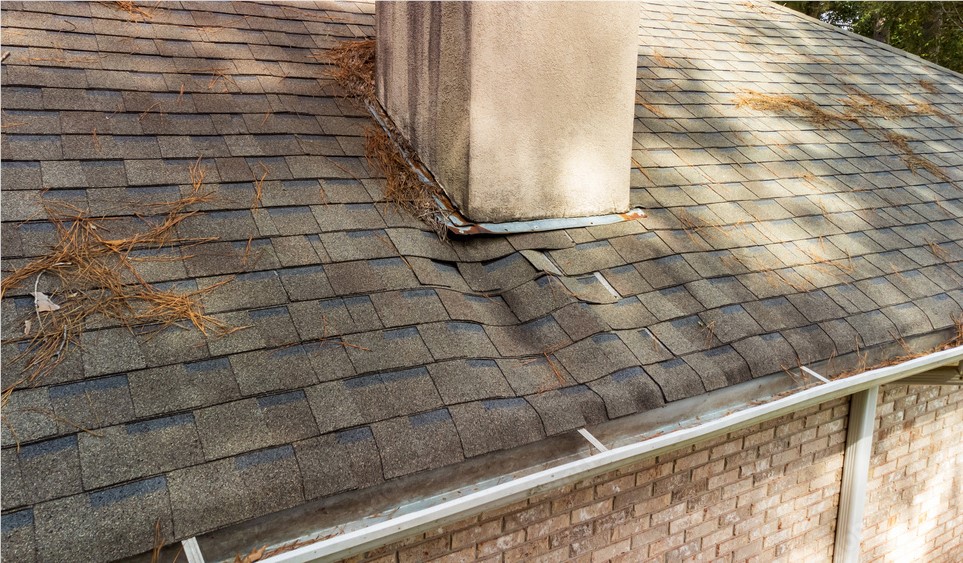
6. Check the Attic for Water Damage
The attic is one of the best places to identify a leaky roof. Dark streaks and spots, wet marks, frost buildup, cracks, and rotting wood are all clear indications that water is leaking into the attic. It's common for attics to have a different smell from the rest of the home, but they definitely should not be filled with bad odors. Use your nose as an additional indication that water leaks have created mold.
Leaks that go unnoticed or fail to be attended to can lead to deterioration of the roof decking, which is the actual wood board framing. This is a serious structural issue and certainly more costly to replace than addressing the leak issue in the first place.
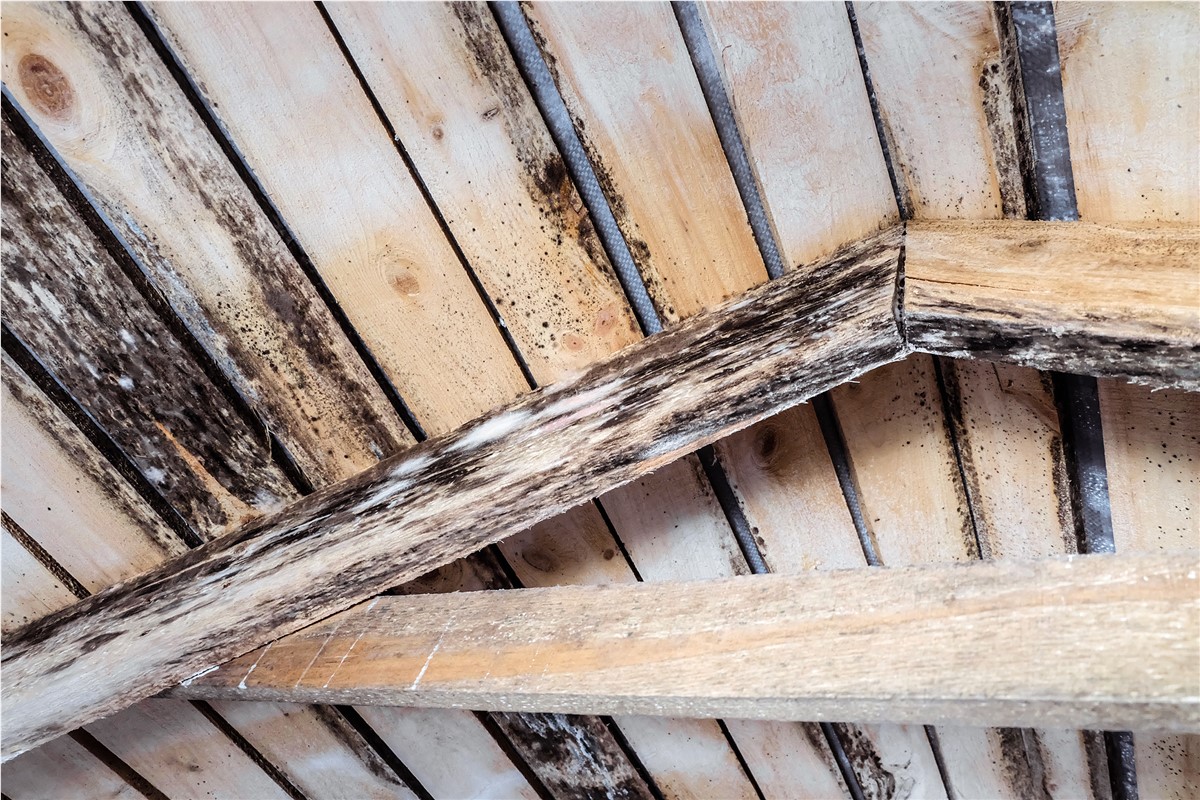
7. Monitor Window Drafts
Despite the commonality of window drafts, it is equally common for people to dismiss this issue. To many homeowners, a drafty window is only an issue for those sitting closest to it, when in reality, it poses concerns for the rest of the home.
Drafty windows are your energy bills worst nightmare. Excess money will be spent to keep your home cool in the summer and warm in the winter. The US Department of Energy claims that heat gain and loss contribute to 25%–30% of residential heating and cooling energy use. Ensuring windows are properly sealed will also keep humidity down and limit allergen exposure.
The most obvious sign of window drafts is feeling physical wind or temperature differences near the window. Cracks, old caulking, and warped window frames are also signs that your window could be drafty.
8. Schedule a Home Inspection
If you are not certain of the issues plaguing your home from a safe winter, the best action is to call a professional to assist. Roofing professionals can easily identify risk signals in your roofing, siding, gutters, and windows.
Capital Construction offers free home inspections. Contact us and our experts will help you complete the checklist to guarantee protection throughout the winter.
Tags
Subscribe to Capital Construction LLC's Blog







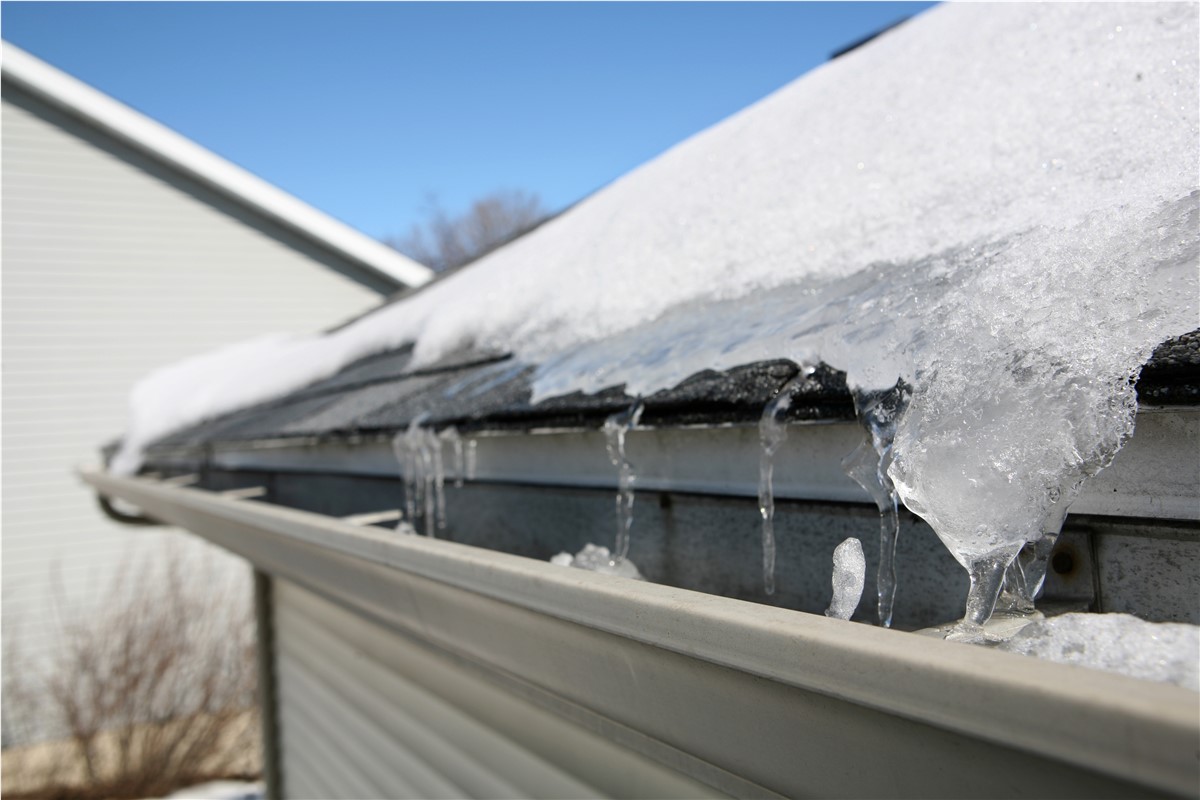

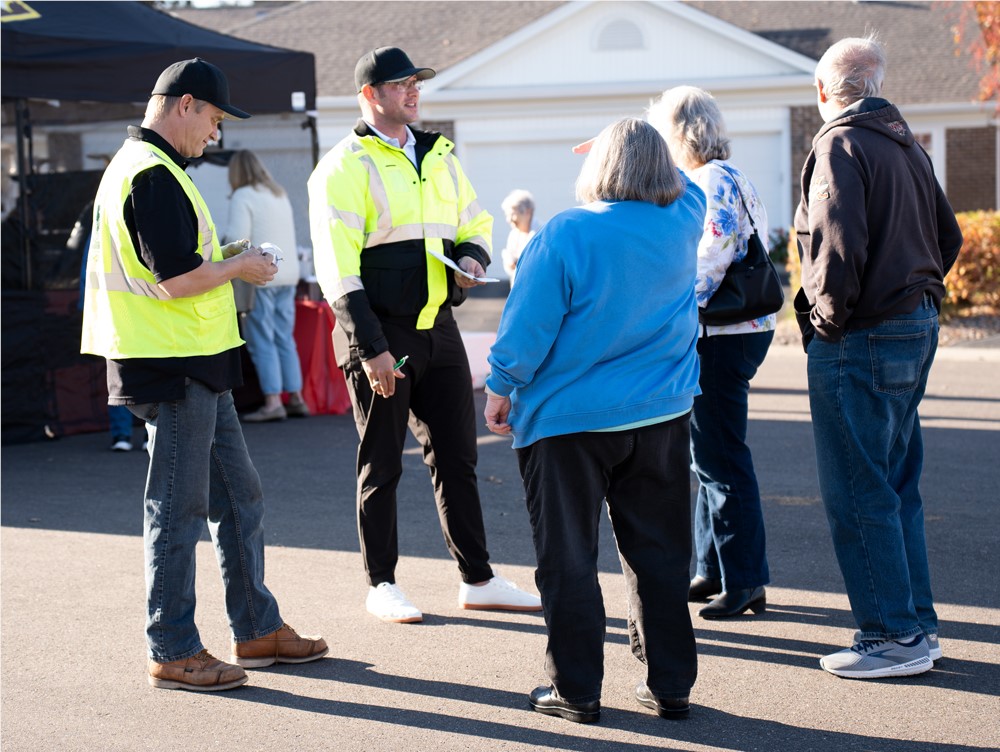
Comments